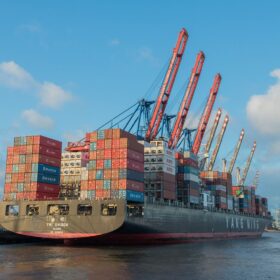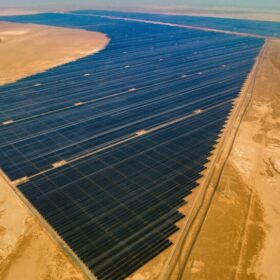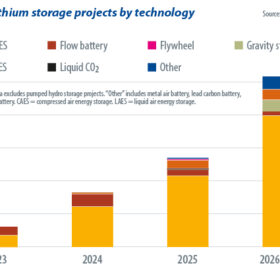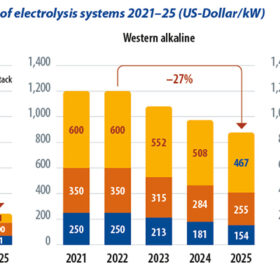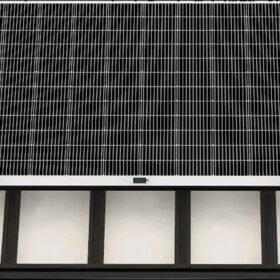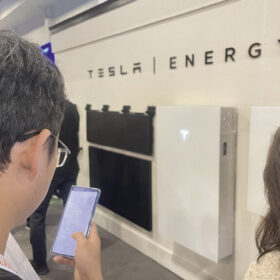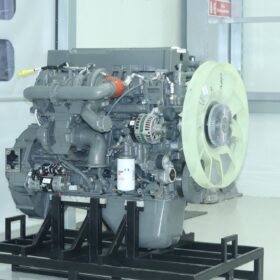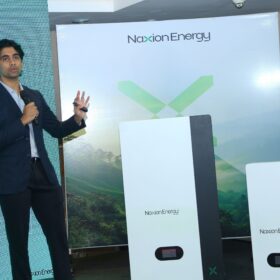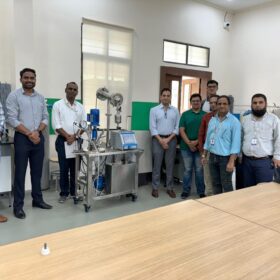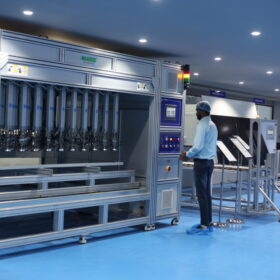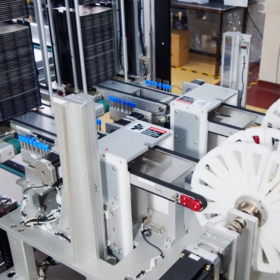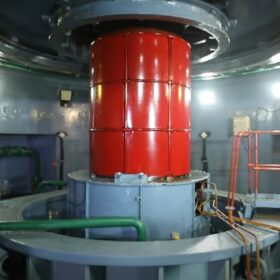Turkey introduces duties on PV module imports from 5 countries
The Turkish government has decided to impose a tariff of $25 per square meter on solar modules imported from Vietnam, Malaysia, Thailand, Croatia, and Jordan.
EDF, KOWEPO to build 1.5 GW solar project in UAE
Korea Western Power Co. (KOWEPO) and EDF Renewables have signed a joint development agreement for a 1.5 GW solar farm in Khazna, United Arab Emirates (UAE). The partners also recently won another project of the same size in the Al-Ajban region.
Polysilicon prices persist in potential trend downward, governed by unfavorable factors
In a new weekly update for pv magazine, OPIS, a Dow Jones company, offers bite-sized analysis on solar PV module supply and price trends.
Can anything topple lithium-ion?
The need for long-duration energy storage in a net-zero world is undeniable but with conventional battery prices tumbling, can anything dislodge the mainstream grip of lithium ion? S&P Global’s Susan Taylor provides an update on non-lithium storage technologies.
Envirostream eyes increased recycling revenues after boosting battery volumes
Battery technology company Lithium Australia’s 100%-owned subsidiary Envirostream is seeking to scale up its battery recycling efforts, signing an updated agreement with South Korean manufacturer LG Energy Solution in a move that could deliver 770 tonnes of lithium-ion batteries for recycling.
Electrolyzer prices – what to expect
In addition to the cost of electricity, the price of hydrogen depends largely on the up-front investment cost of the electrolyzer. The lower the full-load hours, the greater the impact. Analyst BloombergNEF (BNEF) sees a number of different possible pathways for the market to develop.
Sunman unveils 520 W glass-free solar panel with 19.3% efficiency
The new panel has a white backsheet and a temperature coefficient of -0.34/C. It weighs 4.1 kg per m2 and, according to the manufacturer, supports all types of installation methods, including roof adhesive and removal mechanical mounting.
Tesla’s new power play
The first installations featuring the Tesla Powerwall 3 are currently being completed in the United States, with the company promoting a fully integrated solar-plus-storage and electric vehicle (EV) residential system, with big backup power capacity. While the first Powerwall created a new market segment, the latest iteration enters a marketplace in oversupply.
IRENA says world needs 1.1 TW of renewables per year
The International Renewable Energy Agency (IRENA) released a new report on the sidelines of the Berlin Energy Transition Dialogue this week describing the actions needed so the world complies with targets set at the recent COP29 conference in the United Arab Emirates. IRENA President Francesco La Camera says renewables are the only energy sources with the speed and scale to achieve the ambitious targets set in Dubai.
The hydrogen stream: Tata Cummins arm inaugurates hydrogen-based internal combustion engine manufacturing facility
TCPL Green Energy Solutions has inaugurated a new manufacturing facility to produce hydrogen-based internal combustion engines for medium and heavy commercial vehicles.
